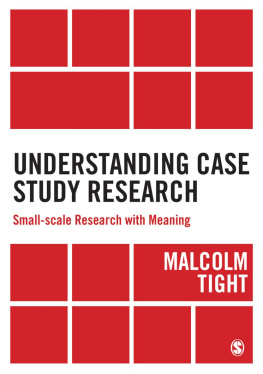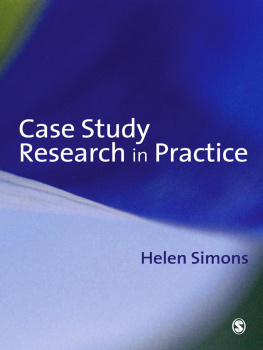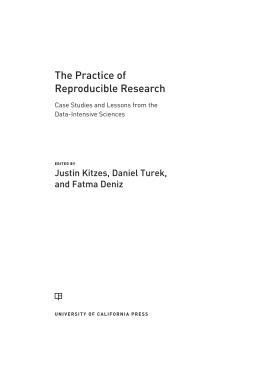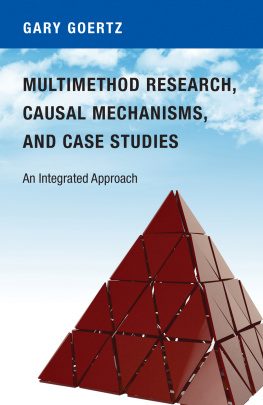Malcolm Tight - Understanding Case Study Research: Small-scale Research with Meaning
Here you can read online Malcolm Tight - Understanding Case Study Research: Small-scale Research with Meaning full text of the book (entire story) in english for free. Download pdf and epub, get meaning, cover and reviews about this ebook. year: 2017, publisher: SAGE, genre: Politics. Description of the work, (preface) as well as reviews are available. Best literature library LitArk.com created for fans of good reading and offers a wide selection of genres:
Romance novel
Science fiction
Adventure
Detective
Science
History
Home and family
Prose
Art
Politics
Computer
Non-fiction
Religion
Business
Children
Humor
Choose a favorite category and find really read worthwhile books. Enjoy immersion in the world of imagination, feel the emotions of the characters or learn something new for yourself, make an fascinating discovery.
- Book:Understanding Case Study Research: Small-scale Research with Meaning
- Author:
- Publisher:SAGE
- Genre:
- Year:2017
- Rating:3 / 5
- Favourites:Add to favourites
- Your mark:
Understanding Case Study Research: Small-scale Research with Meaning: summary, description and annotation
We offer to read an annotation, description, summary or preface (depends on what the author of the book "Understanding Case Study Research: Small-scale Research with Meaning" wrote himself). If you haven't found the necessary information about the book — write in the comments, we will try to find it.
Written in an accessible and jargon-free style, this book provides a comprehensive, student-friendly guide to the nature and use of case study research.
Whether as part of a more substantial study or as the foundation for a self-contained smaller project, case studies provide viable and valuable alternatives to conducting large-scale research. Grounded in both theory and practice, this book sets out not only the key debates and ethical issues surrounding case study research, but also focuses specifically on the work of others and how you can understand, use, and write about secondary data as the basis for your own research project. With tips, examples, and extensive discussion of real-world case studies from a variety of social science and other disciplines, Tight illustrates the kinds of research to which case studies can be applied. Topics include:
- Types of case studies
- Advantages and disadvantages to using case studies
- The meaning and value of case study research
- The use of case studies in different disciplines and research designs
Whether you want to know how to access and use the case studies of others or understand the methods behind conducting your own case study research, this book will take you through every step of the process!
Malcolm Tight: author's other books
Who wrote Understanding Case Study Research: Small-scale Research with Meaning? Find out the surname, the name of the author of the book and a list of all author's works by series.











